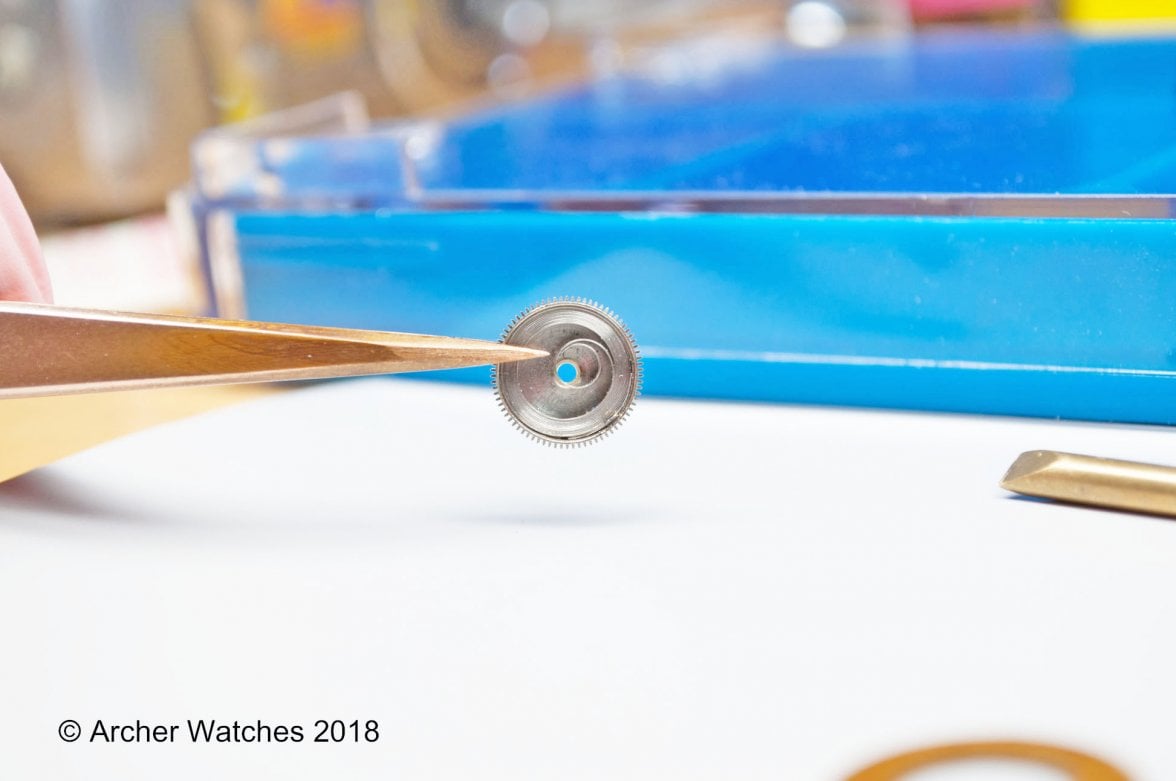- Posts
- 31
- Likes
- 13
Andy F
·Recently I have been working on the above two movements, one for a friend and one my own. Upon opening the barrel and removing the mainspring, I noticed that once the arbor was removed, the arbor end of the mainspring was under such tension that the end that wraps on the arbor sprung itself up against the wound up coils of the mainspring in the barrel. I should have captured photos but didn't think of it at the time. I am used to seeing the arbor end of a mainspring centered within the barrel, not sprung out toward the outer coils of the mainspring. I replaced both mainsprings and the replacements had the arbor end centered. One of the watches (351) has been back together and running well for four weeks. I am not finished yet with the other (354).
What causes the spring to take this "set" upon removal of the arbor? I doubt its normal because of the load this must place on the arbor against the barrel. Is it a sign of a worn mainspring? Were they just "bodged" and I was unlucky enough to have two like that?
What causes the spring to take this "set" upon removal of the arbor? I doubt its normal because of the load this must place on the arbor against the barrel. Is it a sign of a worn mainspring? Were they just "bodged" and I was unlucky enough to have two like that?
Edited:

